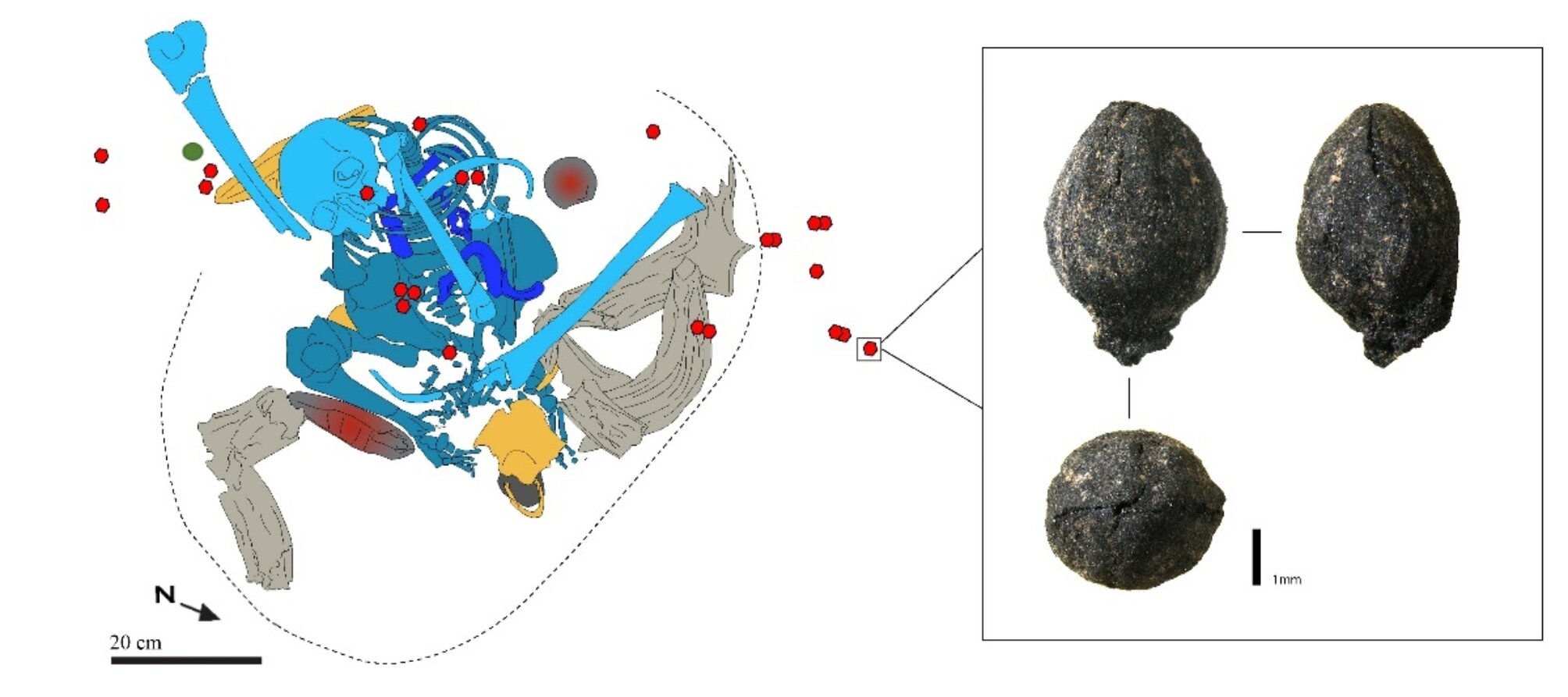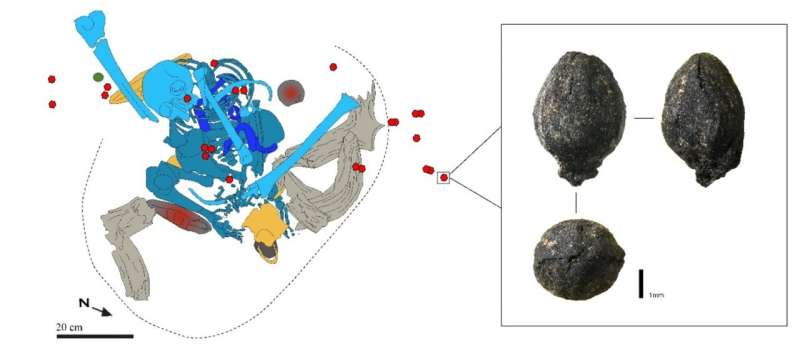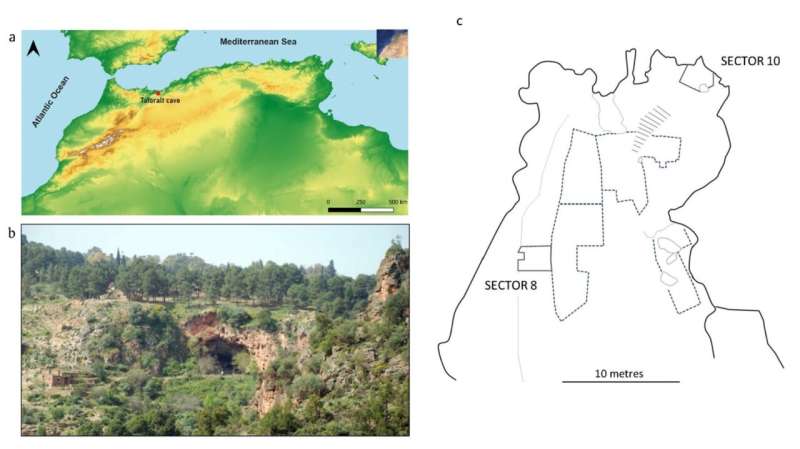

An international group of researchers led by the University of Las Palmas de Gran Canaria have uncovered the earliest evidence of Ephedra use from the charred remains of the plant in a 15,000-year-old human burial site in northeastern Morocco.
Ephedra is a genus of shrubs native to arid regions that produces alkaloids like ephedrine and pseudoephedrine, substances utilized in traditional medicine across many cultures. Archaeological evidence of its use during the Paleolithic era is rare due to the fragile nature of plant remains.
In a study, “Late Pleistocene exploitation of Ephedra in a funerary context in Morocco,” published in Scientific Reports, researchers detail their findings in an excavation of a cave occupied by modern humans for over 100,000 years.
Taforalt, also known as Grotte des Pigeons (Cave of Pigeons), served as a living and burial ground for the Iberomaurusians, Late Stone Age hunter-gatherers from 23,000 to 12,600 years ago. The culture is known for its microlithic bladelet industry and elaborate funerary customs.

Exceptional preservation conditions allowed for the recovery of well-preserved, carbonized plant remains within the burial pit of an adult male. Alongside unusual artifacts like an ocher-coated mortar and pestle and modified animal remains, the team discovered 23 charred cone bracts of Ephedra.
A bract is a modified leaf that forms the flaky, paperlike material you might encounter while taking apart a pinecone, or the woody scales that protect some flower bases.
Analysis suggests the charred cone bracts represent residues from processing and consuming the plant’s fleshy cones, valued for nutritional and therapeutic properties. A higher concentration of Ephedra in the burial sediments compared to other cave areas indicates its specific use during funerary activities rather than daily consumption.
Considering the potential adverse effects of regular Ephedra use on the central nervous and cardiovascular systems, the researchers suggest it is plausible the plant was reserved for special occasions such as funerary rites or therapeutic purposes. The higher concentrations found in the burial sediments also support the idea of specific use during funerary practices.
More information:
Jacob Morales et al, Late pleistocene exploitation of Ephedra in a funerary context in Morocco, Scientific Reports (2024). DOI: 10.1038/s41598-024-77785-w
© 2024 Science X Network
Citation:
Earliest evidence of Ephedra use found in 15,000-year-old Moroccan burial (2024, November 6)
retrieved 7 November 2024
from https://phys.org/news/2024-11-earliest-evidence-ephedra-year-moroccan.html
This document is subject to copyright. Apart from any fair dealing for the purpose of private study or research, no
part may be reproduced without the written permission. The content is provided for information purposes only.